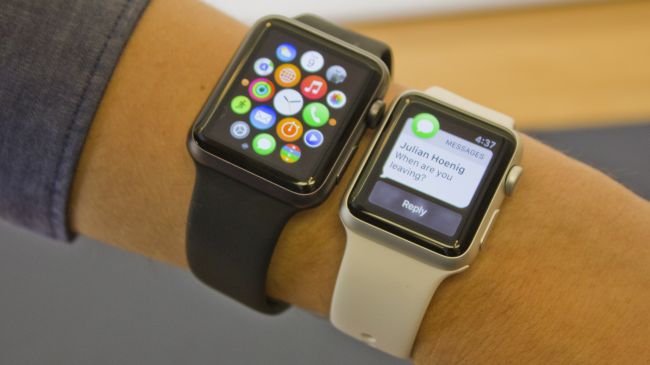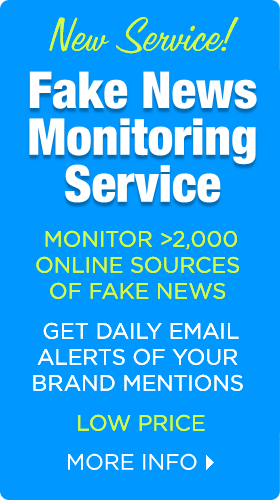
Photo credit: Dolphin Tech
The Apple Watch holds the potential to build more intimate connections between brands and consumers. Some even say the wearable device opens new era for marketing.
The iPhone brought a new level of intimacy between consumers and their personal electronic devices. The watch, literally closer to consumers, promises to increase those bonds even more.
A smartphone is typically in the owner’s hand or pocket, but the Apple Watch is literally tied to the owner. The deeper connection between device and person calls for brands to remake their marketing strategy, warns Jen Gray, vice president, brand, marketing and Creative Services at HelloWorld Inc., in an article for Econsultancy.
The Question of Timing
With the Apple Watch, the timing of marketing messages is as critical as the message’s content. A branded sales message arriving at the wrong time may cause consumer disillusionment.
That means it’s crucial for marketers who email messages automatically, a common practice, to re-evaluate their delivery schedules. Brands often schedule messages when promotions start and end – typically at midnight. That might be fine if the message goes to a smartphone stashed away in drawer or coat pocket but might be a bad idea if sent to an Apple Watch strapped to the consumer’s wrist.
The Oversaturation Risk
Being sensitive about oversaturating consumers will become crucial. Segmenting audiences and targeting messages in an effort to avoid oversaturation and delivering relevant messages will become even more important. Marketers may wish to ponder how helpful their content is to particular audiences and think twice about sending messages.
Those who do will develop stronger customer relationships. Brands that rush in without re-evaluating their strategy risk disenchanting consumers.
Some brands are diving in.
Brands Rush In
Starwood Hotels and Resorts, BMB, Target, Fandango, The New York Times and Expedia are preparing apps for the Apple Watch, according to Adweek.
Starwood will use an app to remotely check in guests, unlock guest rooms, and notify guests about travel information like taxi costs. The Target app will enable consumers to make shopping lists and find products stores.
An American Airlines app will send travel information like seat assignments and directions to gates. The airline is also developing digital boarding passes for the watch, similar to iPhone boarding passes.
ESPN will deliver scores for specific teams personalized to the customer.
Owners of BMW’s electric car will be able to use a watch app to heat or cool their vehicles remotely, check charging levels, lock doors and view service reminders. BMW’s smartphone app offers more features, like the ability to calculate driving routes, but BMB simplified the watch’s app to reduce distracted driving.
Pandora’s watch app will let users switch stations or like or dislike songs. The watch app is synchronized with its iPhone app version. Ads with audio will play on the watch, but ads without audio will only play on the smartphone app.
Citi will show limited information, such as customer’s checking and savings account balances on the watch. For more information and functionality, customers will need to turn to larger devices.
Dealing with the watch’s small screen size as well as lack of time to develop and test apps are the major challenges. Marketers had years to develop iPhone apps. Wearable technology is moving faster.
“Do I think most marketers are ready? No,” Mike McGuire, vice president of research at Gartner Research, told Adweek. “It is going to be about really having to nail this early on.”
First movers will gain competitive advantage, provided that the app is “good enough.”
Bottom Line: The Apple Watch brings a new level of closeness between consumers and their devices and enables brands to strengthen relationships with customers. However, the watch calls for brands to reconsider their marketing strategies. Brands that don’t recognize the nature of the new relationship risk alienating audiences.
If they haven’t already included the watch in their strategies, forward-thinking marketers will be watching closely how consumers respond to the new product.
The big winners will be those applications that deliver nifty new services that are valuable to users and uniquely fit for wearable technologies.
William J. Comcowich founded and served as CEO of CyberAlert LLC, the predecessor of Glean.info. He is currently serving as Interim CEO and member of the Board of Directors. Glean.info provides customized media monitoring, media measurement and analytics solutions across all types of traditional and social media.





Trackbacks/Pingbacks